Over the past few days, Centro di Ricerca CRSFA Basile Caramia dedicated a day to late seedless grape selections created by the IVC (Italian Variety Club) network in the 2016-2020 period.
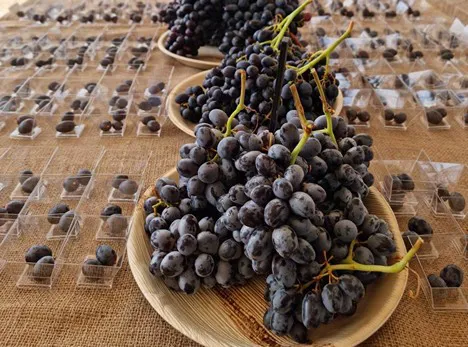 Grapes subjected to assessment
Grapes subjected to assessment
The presentation focused on red grapes, which seem to be increasingly popular year after year. There were 9 red varieties, 3 white varieties, 4 black varieties and 4 aromatic varieties for a total of 20 varieties, which also included 2 well-known ones in anonymous form for comparison. Three parameters were taken into consideration (appearance, texture and flavor), plus there was an overall judgment for each selection.
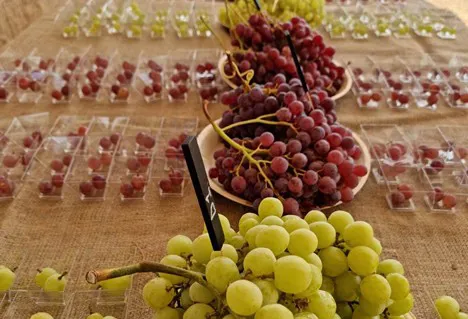 Other varieties being assessed
Other varieties being assessed
The event was the sixth of this kind organized by IVC in the 2019-2021 period and represented an important moment of discussion for operators and technicians breeding table grapes, as well as an occasion for network partners to actively participate in sector choices.
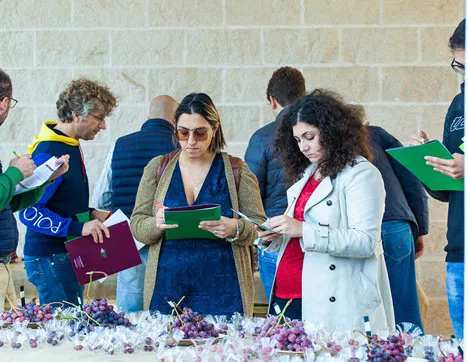 A moment during the assessment
A moment during the assessment
The assessments were collected in a database and compared with the data collected in the files regarding the main agronomic and production characteristics so as to identify the best selections to multiply and turn into vineyards.
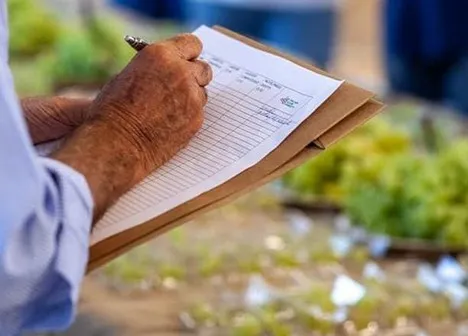 Above: sensory forms make it possible to formulate an overall judgment for each selection
Above: sensory forms make it possible to formulate an overall judgment for each selection
70 probable future selections have been identified so far (protected with DNA analyses) which will be assessed further over the next few years thanks to small plots, the use of different agronomic techniques and cold storage. 7 selections will be registered with the European varietal office (CPVO) and will therefore be cultivated soon in compliance with the law and provisions concerning the registration of varieties and multiplication.
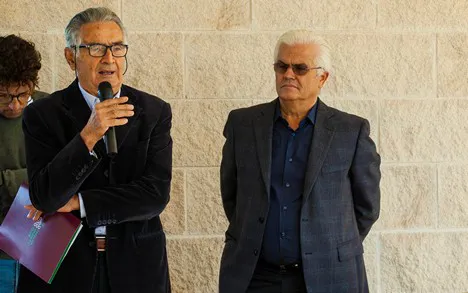 Carlo Fideghelli, president of the Technical Scientific Committee and Nicola Borracci, president of Rete Nicola Borracci
Carlo Fideghelli, president of the Technical Scientific Committee and Nicola Borracci, president of Rete Nicola Borracci
In the meantime, field activities to identify other interesting selections among the 20,000 seedlings deriving from 200 different crossbreed combinations are continuing. This year, crossbreed progenies are also being assessed for the resistance to fungal diseases (oidium and powdery mildew) using a germplasm provided by foreign Research Institutions and aimed at obtaining new grapes suitable for organic and integrated cultivation protocols.
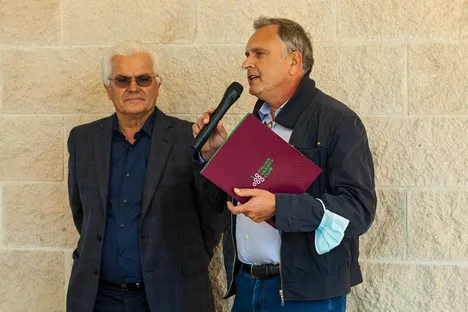 Nicola Giuliano from Pugliafruit Srl
Nicola Giuliano from Pugliafruit Srl
The technical part was illustrated by Carlo Fideghelli, president of the Technical Scientific Committee, while the management part was discussed by Network president Nicola Borracci. Luigi Catalano and Pierfederico La Notte from CTS, Network director Costantino Pirolo and producer Nicola Giuliano also spoke at the event.
